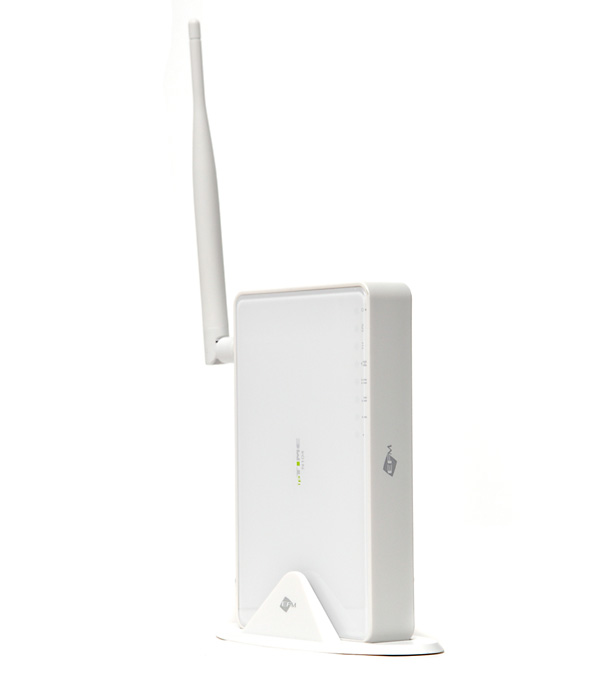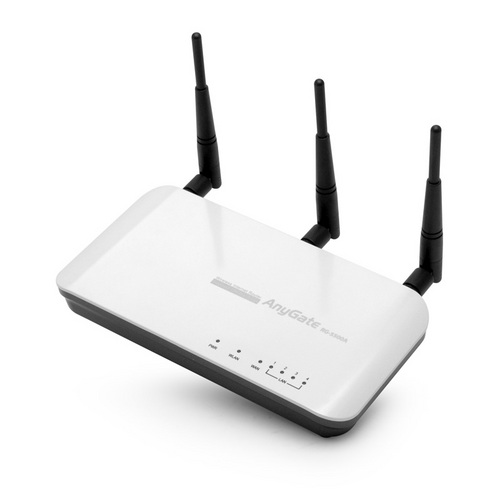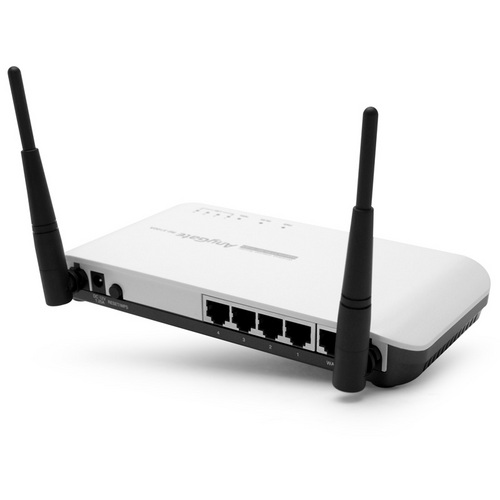yes D-Link is the most general, Linksys is the strongest, NetGear is a design piece and glossy Belkin futuristic, but the proverb : “when in Rome, do as the Romans do”. and come the Millennium : the South Korean version includes a Conspiracy Theory (1997) .
.
.
in the most networked metropolis in the World, competition is fierce among Access Providers, that 30% off at the time of sign-up with 1~3 years contract has become the norm . and consider most households has more than one computer : won’t you want to charge for the other one too ? what if the house has 3 computers ??? sharing the one Internet line . which, is not so uncommon . when you sign up there is a clause forbidding this from the onset of networking in South Korea .
but the Korean people by nature would not accept this . not for consumer rights – which is, believe-it-or-not : yet to be settled into mainframe life in South Korea . rather the in-born culture of taking too rigid, calculating bits as too stingy a grand human can choose to go through . for example : you’ve noticed that TV commercials are packed between programs rather than in segments during the program . and not many tables in that restaurant you ate out tonight (aside from iTaewon) pays Dutch, nomatter the age .
.
the Korean Theory is two-fold : that the Access Provider constantly tunes signals to forbid Internet Sharing, while the other hints that they scramble Routers of foreign brand . but it is a known fact between casual computer users, which is now .. everyone : foreign makers simply don’t update the device to match constantly changing (wired AND wireless) network surroundings in South Korea .
ignore this and while Wired Router does a better job, but bring your WireLess Router from back home to South Korea and try it for a month . chances are it won’t connect from the start, or if it does the signals will randomly cut to such an ambiguous extent that it will drive you crazy, especially since the support center technician may not find fault in the few minutes he tests it on his stable surroundings .
.
.
above I’ve listed popular and reputed brands sold in the States, and for Japan you add Buffalo, but there are dozens of minor brands all with similar vain results . enter the two Korean brands that have figured things out and sells, selling, selling more than any other brand . AnyGate and IPTime . the former has been around selling USB memory and external HDD drive casing and have extended to media players and Navigation . the latter is a relative newcomer but staffed with technicians from conglomerates offering almost-monthly obsessive firmware updates .
the WireLess Router in South Korea is the hardware whose firmware is the most updated second only to (the now slowly becoming extinct) CDR/DVD writer or burners . while the latter has to constantly update to support compatibility with newer blank CDR/W and DVDR/W disks, the former improves connectability with complex systems mix-match arising from new model parts and manufacturers, especially in PC’s than a Mac.
.
add to this : IPTime has been building a track record of having a p-e-r-f-e-c-t product support . better than that of (astonishing) Cable-TV “Home Shopping” Channels . knowing that setting up a network surrounding, especially wireless at home, might be a complicated task for the general consumer : they have made it a point of NOT letting it go until they have solved it, mostly by talking to you on the phone until its done .
buy any of the two and your life in South Korea will be saved in the Internet nation . each offers several pricing layers . the giveaway is whether the machine has 1, 2 or 3 antennas . then some are geared more for wired sharing while others more for wireless, although both are possible in most models . normal household and business would suffice to buy a W30,000 one while the most expensive is around W80,000 for manic file-sharing, videos and gaming – it is only in 2008 that the most expensive of foreign models have brought down their price from a staggering W200,000 to half of that . here I will recommend 2 models from each company and discount price . I have foregone the most basic models for compatibility outlook with newer 802.11n on top of existing 802.11 a/b/g . all accepts 4 network cable slots for wired sharing .
.
.
ipTIME N3004 W85,000 b/g/n 4dBi antenna x3 Dec’08
wired 1Gbps
wireless 300Mbps
.
ipTIME N104 W45,000 b/g/n 5dBi antenna Dec’08
wired 100Mbps
wireless 150Mbps
.
AnyGate RG-5500A W85,000 b/g/n 2.5dBi antennas x3 MIMO June’08
wired 1000Mbps
wireless 300 Mbps
.
AnyGate RG-5100A W50,000 b/g/n MIMO May’08
wired 100Mbps
wireless 150Mbps
.
.
– Korea Tech BLog, December 2008 –
[ January 2009 Update ]
OK, I’ve tried the 2 higher models for a month now and it seemed the tables are beginning to turn . that the leading IPTime with constant updates was sliding its edge to long-timer AnyGate which was cheaper at on-set . but the conclusion :
- in wired network both makers are the same but
- once wireless : AnyGate is 10%~20% faster (making you the WireLess Lord of the World now) but might not connect depending on computer/notebook system on each side – which might be solved thru firmware update on AnyGate or driver update on your computer’s network adapter (card), or even BIOS update on your computer . but IPTime is more stable with compatibility to many more system mixes .
[ January 2012 Update ]
some bloggers simply blog-on day after day on a new post but I like to update older posts so that we can verify where we are in the technological development or rather evolution in time //
AL Tech, manufacturer of AnyGate network routers in South Korea has split company with the other half almost going under – will update a separate post for the situation is complex ..
aside from this not much in technology has changed to enhance speed drastically since this initial post – perhaps the newer LAN cables coming into your office, home or apartment more effecting you internet connection speed AND stability drastically than buying a new wireless router .
ipTime which jump-started in 2001 during the dawn of wireless networks among the Korean Penninsula, when Chinese, American and Japanese routers have been notoriously unstable . thus most were wary of this new company but to the tune of the then-popular bug-killing company Cesco – applauded among on-Liners for its instant reply on their user forums – started phone support as well as next-day repair or exchange .. which was the sort-of golden support offered by conglomerates like SamSung and LG .
and well past a decade ipTime dominates the Korean wireless router market with its much-increased line-up with the most expensive N6004R (introduced July 2011 selling for W67,000 at larger discount outlets – double your normal device) but still with constant customer and product support .
the main difference between this and the best-selling ipTime N604A introduced May 2011 selling for half the price is a more compact size and two antennas instead of three thus a bit longer reach and more stable connection .
I did extensive speed tests when the first Egg was distributed but will refrain from going on pure numbers because so much variants are at play now more-so with mobile connection device and service .
the only noteable addition to ipTime as is with most router-manufacturers recently is the most compact model to come in terms with the recent smartphone boom allowing you to connect in hotel rooms with only LAN-cables and no wireless .
yes you will find all sorts of local and Chinese model luring with cute designs at your neighborhood computer store or all the American and Japanese brand names at larger electronic districts, but get an ipTime unless you have one brought over from home, in which case will test your patience tuning up to ride South Korea’s wonderous speed ~
a new company Digital Zone has come up with a line of Wevo’s last year testing the market but we should know better .







hi
my name is bolo, i live in incheon. sametimes ago o lost my anygate router manual, and i want to find my Mac address of router. where can i find (like 192.168.0.203 for iptime)?
thanks you for next answer, i love korea, saranghe!
regards
bolo
Korean manual in *.pdf is always available at their Official Site
and I presume you are looking for your MAC Address which is like ’70:20:03:00:9C:24′(example)
while your main IP Address for AnyGate is ‘192.168.10.1’
so dependent of your model the MAC Address may be printed under the machine, and of not :
on the top address bar in your internet Explorer OR Browser, type :
192.168.10.1
where AnyGate Control Panel will pop up,
on the left menu below [Basic Control] there is [Professional Control] so select this,
further select [iP Control] then [internet Control],
and you will see [MAC Address Control] on the bottom of your right panel
Which iptime/anygate can be flashed to DD-WRT? That might be beneficial to non-koreans…
About six months ago I was getting annoying pop ups from KT saying I have too many computers on my network…what happened (it stopped). Too many koreans complain???
John B (Seoul)
do you know where i can get an english manual for an anygate wireless router
Dear Koreatech,
I purchased an Anygate xm-3100N router for wireless internet in my apartment here in Daegu. Do you have any suggestions for configuring it? Their website is only in Korean and prevents me from setting up the security for the router.
Should I return this item? Above you mention Anygate as a decent router…The router is working well, but I would like to set up a secure connection for it and have been unable to figure out how to do so thus far. Any suggestions would be much appreciated!
Thanks much,
~Kyle
this initial post is now 3 years old and much changed since then in an increasingly mobile World .
if you have just bought the AnyGate router return it today for the company is having problems recently .
there is no reason to buy any other router than ipTime currently in South Korea .
again for the English manual .. it is self-deductive if you compare with other available English manuals .
there are a few pages absolutely in Korean but figurable after inputting several tries .
Hi,
I am going to come to Seoul for one year. I already have a wireless router. Just wanted to know if I can use it in South Korea or I need to buy a new one there?
I have to rent a flat there, would like to know that router can be used or modem is required?
Please let me know soon, because most probably next Friday I am heading South Korea 🙂
cheaper WireLess routers are compatible World-Wide, so you’ll have not much to lose in bringing in for short-time use . but again models improve every two years, and South Korea topping among the f-a-s-t-e-s-t internet connection on Planet Earth : I recommend to sell yours and buy a popular one here, which you can re-sell fast when leaving .
indian community here is concentrated around iTaewon and BoGwangDong in the Capital, but best get an apartment close to work, as traffic is hell during commute in larger cities . if you’re invited by a large company, institute or university : they’ll set you up in an ultra-modern “intelligent” high-rise, with built-in LAN <3